Cegły chromowane
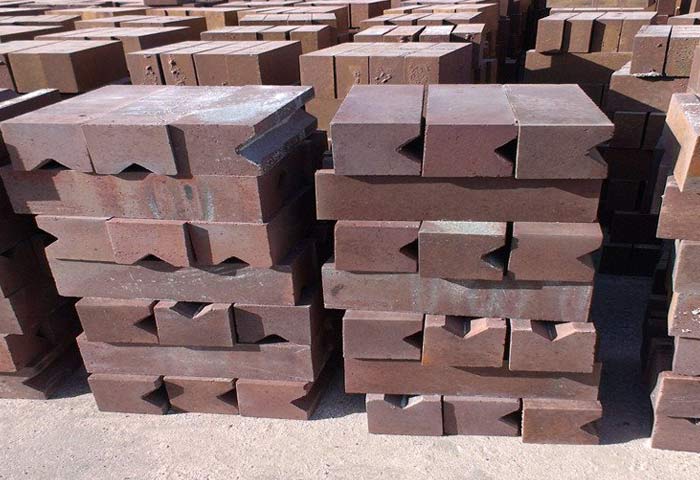
Chrome cegły są cegły neutralne, Stosowany głównie jako warstwa izolacyjna do kwasowych i alkalicznych refrakcji w wysokich temperaturach, a także stosowane jako podszewka nieżelaznych pieców wytapających.
Jednakże, Nie należy go używać w bezpośrednim kontakcie z żelazem, a atmosfera często się zmienia.
Chromowana cegła w szklanym piecu topnieniu zaczęła być używana. Ale ograniczone tylko do ciemnych butelek i słoików szklanych lub zasadowych pieca szklanego.
I stosowane głównie w wysokiej temperaturze części szklanego pieca. Takie jak górna ściana basenu, Małe usta w piecu, płynąca dziura na ciecz, Ładowanie ust, i inne miejsca, Ponieważ może znacznie przedłużyć wiek pieca.
Per Company produkuje wysokiej jakości oporne cegły, w tym oporne na gliniane cegły, cegły ogniotrwałe o wysokiej zawartości tlenku glinu, ogniotrwałe cegły krzemionkowe, Magnezyjne cegły ogniotrwałe, cegły mulitowe, cegły izolacyjne, itp.
Tymczasem, Jeśli jesteś zainteresowany naszym Produkty z cegieł ogniotrwałej, lub jeśli planujesz budowę pieca lub pieca do wypalania drewna, możesz się z nami skontaktować! Szybko odpowiemy fachową poradą i konkurencyjną ceną!
Więcej typów chromowanych cegieł
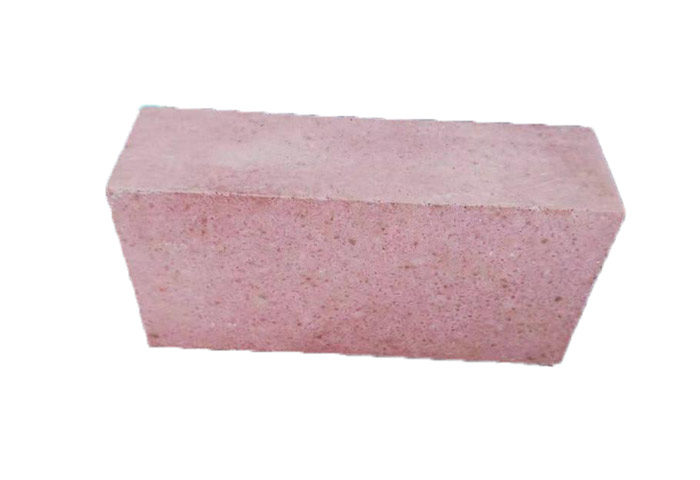
Cegły aluminiowo-chromowe
Cegła AlCr to cegła o wysokiej zawartości tlenku glinu, której głównym składnikiem jest Al2O3 i niewielka ilość Cr2O3.
Mieczona cegła wykonana z żużla Alcr jest również cegła Alcr, Nazywany także cegły Alcr. Cegła aluminiowo-chromowa niż cegła o wysokiej odporności na erozję z tlenku glinu, cegła żużlowa aluminiowo-chromowa, i właściwości mechaniczne w wysokiej temperaturze o dobrych właściwościach.
Cegła AlCr ma wiele zalet, takich jak duża gęstość, niska porowatość, wysoka siła wiązania, wysoka twardość, duża miękkość obciążenia, dobra odporność na zużycie, przeciw szorowaniu, dobra odporność na szok termiczny, silna odporność na stopiony metal i korozję żużlową, długie życie, itp.
Który jest szeroko stosowany w różnych urządzeniach do wytapiania i innych piecach o bardzo wysokiej temperaturze.
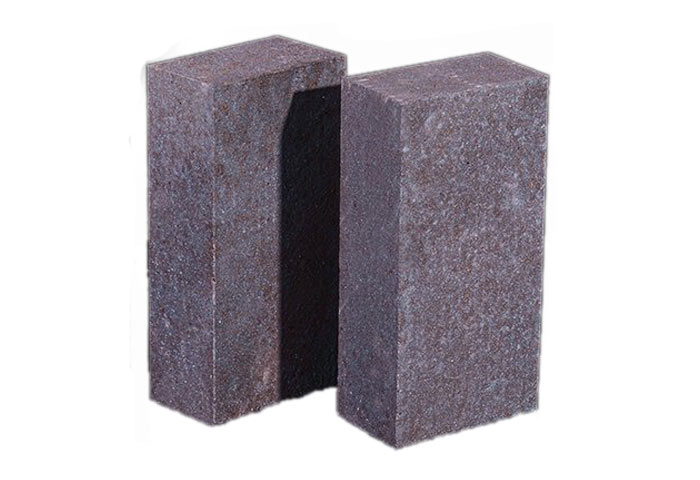
Chromowany cegła magnezu
Zwykła cegła magnezu-chromowa wykonana jest z spiekanego piasku i chromu magnezji jako surowce, w odpowiednich proporcjach, tworząc i strzelanie w wysokiej temperaturze.
Skład mineralny produktu jest magnesytu, spinel, i niewielka ilość krzemian.
Zwykła cegła magnezu-chromowa ma dobrą odporność na żużla alkaliczne, Lepsza odporność na żużla kwasowe niż cegła magnezji, Lepsza odporność na szok termiczny niż cegła magnezji, Temperatura zmiękczania wyższego obciążenia, i dobra stabilność objętości w wysokiej temperaturze, Mały skurcz refrutowanej linii przy 1500 ℃.
Aluminiowa cegła magnezu ma dobrą odporność na żużla, Wydajność w wysokiej temperaturze, i stabilność termiczna, Cena jest tańsza niż cegła spinelowa magnezu.
Są szeroko stosowane w dachu stalowych płaskich pieców i nadal są używane w stalowych kadziach, Podszewki pieców stalowych, szklana komory do przechowywania ciepła, mieszane żelazne piece, miedziane refleksowe dachy pieców, oraz ogniotem w branży w wysokiej temperaturze.
Rodzaje i charakterystyka cegieł magnezu-chromowych
Obecnie, Istnieje kilka rodzajów chromowanej cegły magnezu wytwarzanych różnymi metodami, w tym wspólna cegła, Bezpośrednia cegła, Wspólna spiekana cegła, Ponowna wiązanie cegły, i cegły odlecia fusion.
1. Wspólna cegła chromowana magnezją
To jest tradycyjny produkt, z rudą chromu jako gruboziarnistą cząstki i piaskiem magnezu jako drobny proszek. Lub dwa materiały z wykorzystaniem stopniowanego składu cząstek, Temperatura strzelania jest ogólnie 1550 ~ 1600 ℃. Mikrostruktura tej cegły wykazuje niewielką bezpośrednią kombinację cząstek chromu i magnezytu, Przeważnie krzemian (CMS) cementowanie lub izolacja szczeliny. Kamgit fang w fazie desolvation mniej, Matryca rzadko jest bezpośrednio łączona, właściwości mechaniczne tej cegły są słabe, Słaba odporność na korozję żużla.
2. Bezpośrednio połączona cegła magnezu-chromowa
Bezpośrednio w połączeniu z cegłą magnezu-chromową jest opracowywana na podstawie zwykłej cegły magnezu-chromowej. Jego cechy produkcyjne to głównie dwa punkty, Jednym z nich jest użycie bardziej czystych surowców, a drugi to zastosowanie wyższej temperatury strzelania. Tak zwane bezpośrednie wiązanie oznacza, że w cegierze jest bardziej bezpośredni kontakt między cząstkami chromu. Ponieważ w surowcu jest mniej Si02 (kontrolowane poniżej 1% Do 2%), Generowany jest mniej krzemian. Następnie krzemian jest wytłaczany do rogu cząstek fazy stałej za pomocą strzelania w wysokiej temperaturze, poprawiając w ten sposób bezpośrednie wiązanie fazy stałej.
Bezpośrednie wiązanie cegły magnezu-chromowe z powodu wysokiego stopnia bezpośredniego wiązania, tak, że cegła miała siłę temperaturową, odporność na żużel, odporność na erozję, Skupieć opór, odporność na korozję, oraz doskonała stabilność szoku termicznego i stabilność objętości 1800 ℃.
3. Wspólna spiekana cegła magnezu-chromowa
Ten proces produkcji produktu charakteryzuje się pewnym stosunkiem piasku magnezu i chromitu drobnego proszku mieszaniny spalania o wysokiej temperaturze. Aby osiągnąć wytwarzanie wtórnego spinelowego i bezpośredniego wiązania chromitu magnezji dla reakcji w fazie stałej, produkcja wspólnego spiekania materiału. Materiał ten służy do produkcji spiekanych produktów lub produktów chemicznie.
Współpracowane cegły magnezji-chromowe mają lepsze bezpośrednie wiązanie i jednorodność mikrostrukturalną niż cegły bezpośrednio związane, z większą fazą desolwacji magnezytu i międzykrystalicznym spinelem wtórnym, Współpracowane cegły magnezji chromowe mają serię lepszych właściwości niż cegły bezpośrednio związane, Znany szczególnie z siły o wysokiej temperaturze, odporność na szybką zmianę temperatury i odporność na żużla.
4. Połączona cegła magnezu-chromowa
Metoda fuzji elektrycznej do wytwarzania mieszanego proszku magnezu-chromowego stopu, przez kryształ opadów stopowych, tworzenie dość jednolitej mikrostruktury, Spinel magnezu-chromowy, i mieszany kryształ magnezytu jako główny skład fazowy surowca, elektryczny materiał fuzyjno-chromowy zmiażdżony w określonej wielkości cząstek, Mieszane formowanie, strzelając, aby przygotować połączoną cegłę, lub bezpośrednio używane do chemicznie związanej cegły.
O firmie PER materiałów ogniotrwałych
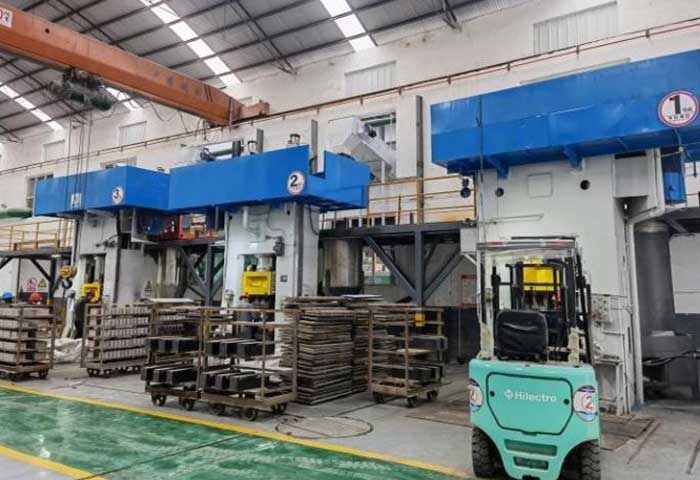
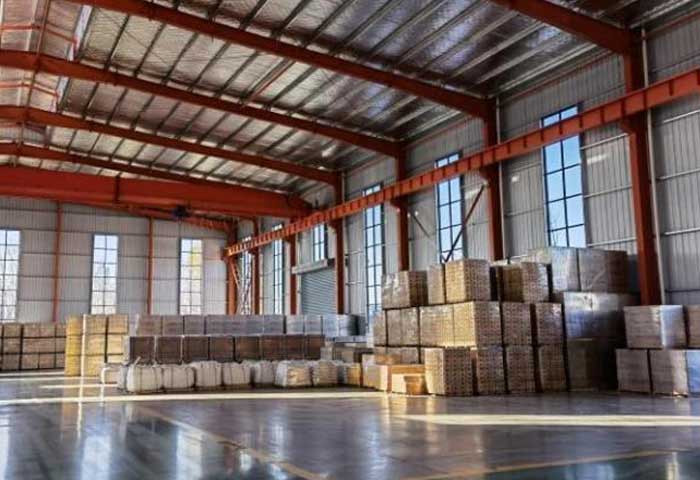
Siedziba firmy PER Refractories znajduje się w mieście Xinmi, Prowincja Henan, rodzinne miasto materiałów ogniotrwałych w Chinach. Nasza firma jest opartym na technologii przedsiębiorstwem zajmującym się materiałami ogniotrwałymi, integrującym R&D, produkcja, obroty, i serwis techniczny. Bogate zasoby i doskonała jakość na tym terytorium zapewniają niezrównane, doskonałe warunki dla produkcja materiałów ogniotrwałych. Naszymi głównymi produktami są cegły ogniotrwałe, cegły ogniotrwałe o wysokiej zawartości tlenku glinu, ogniotrwałe cegły krzemionkowe, cegły ogniotrwałe magnezowe, cegły mulitowe, cegły izolacyjne, i inne produkty odporne na wysoką temperaturę.
Firma PER materiał ogniotrwały jest bazą produkcyjną surowca zielonego, oszczędzanie energii, i przyjazne dla środowiska nowe materiały ogniotrwałe. Nasza firma przeszła ISO9001:2008 międzynarodowy certyfikat systemu jakości i GB/T24001-2004 / ISO14001:2004 certyfikacja systemu zarządzania środowiskowego, certyfikacja agencji kontroli jakości w przedsiębiorstwie. Nasze produkty są dobrze sprzedawane w ponad 20 krajów na całym świecie. Są to preferowane produkty ogniotrwałe w metalurgii, nieżelazne, petrochemiczny, szkło, ceramika, i innych gałęziach przemysłu materiałów ogniotrwałych.
